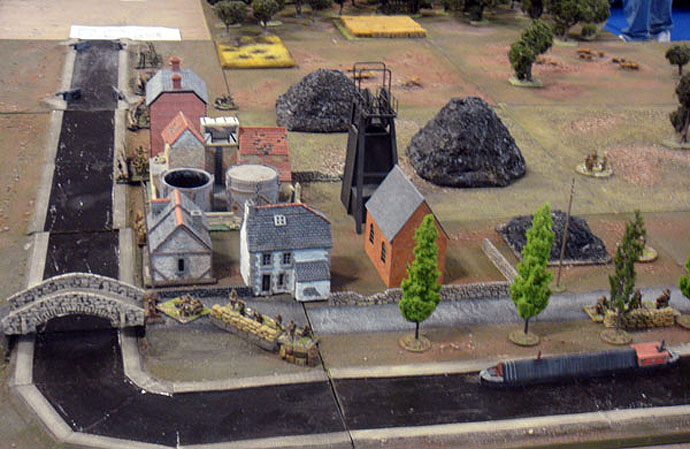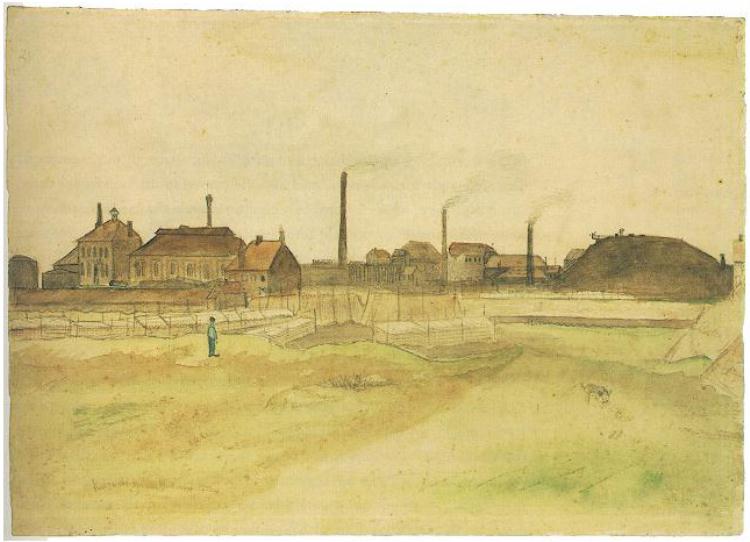26th August 1914
The Dorsets were roused at 1am when some Bedfords fell back from their trenches. Gleichen recalls “some men in the trenches began firing at some probably imaginary Germans”. I imagine the Dorsets weren’t amused by this unnecessary exercise. Orders were at 4am received as expected to move out in the morning but almost immediately those were cancelled. 2 German Divisions were at Le Cateau, a couple of miles to the east of the 5th Division.
General Smith-Dorrien, Commander of II Corps, had decided to stand and fight. He took the chance of stopping the Germans, albeit for a short time, with a quick engagement. It was a chance to allow I Corps to slip away to fight another day. We’ll explore the ramifications for this decision in another post, but for now the 5th Division was prepared to stand and fight.
The Dorsets set about readying defences and deepening trenches. I’ve tried to indicate the positions they occupied on the map. This is pure conjecture, taken from descriptions in the war diary. I don’t yet have the maps they were working from (GSGS no: 2526 13), but I will get hold of them in the future. The war diary often describes positions by the type on the page e.g. On the LA of LA SOTIERE.
Unlike at Mons, where the landscape hampered guns, Le Cateau was perfect for artillery warfare. The naturally undulating landscape made it easy to conceal batteries. Gleichen estimates that there were nearly 700 enemy guns in action that day. Shells starting falling around 7am and increased in ferocity throughout the day.
The 13th and 14th Brigade were suffering particularly on the right. The 3rd Division was being attacked on the left. But the 15th was having a relatively easy time in the middle although later on shellfire, especially shrapnel, caused casualties to trickle through the Brigade’s lines.
The Dorsets were providing covering fire and keeping off attacks with rifle and machine gun fire. Lieutenant Woodhouse is mentioned as having done “splendid work” both in the war diary and by the Brigade Commander himself. He comments that “the shooting of the Bedfords and Dorsets had had a great effect in keeping off the German attack thereabouts”.
Finally, in the early afternoon, the British line began to fall back. The British artillery, in particular, had suffered greatly. At 4:20pm the order came to retire. The Dorsets slipping away through Troisville, covered by A Company as they went.
It seems the retirement was the hardest part of the day for the Dorsets. Marching through villages was considered too dangerous. The Germans are shelling roads and villages out of Le Cateau. So Gleichen ordered the Brigade off road. The Dorsets struck out across country and marched, slowly, footsore and perplexed that they had retired at all, to Ferme Genève, where they spent an “uncomfortable night with no supplies”.
Casualties: 14 wounded, 21 missing. The CWGC reports 3 fatalities in the Dorsets that day.

